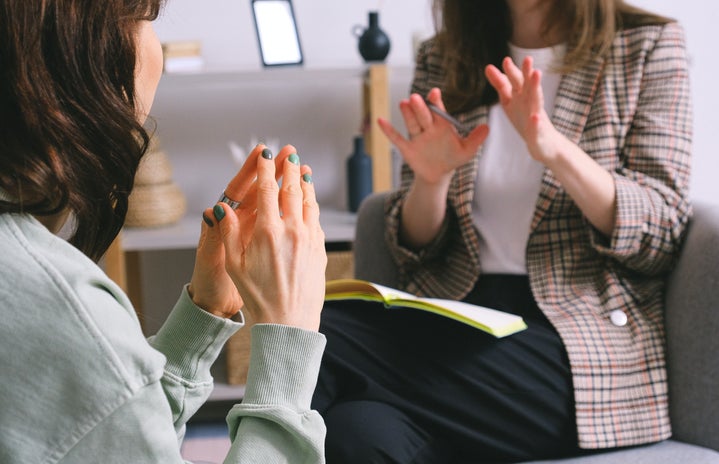In Brazil, Yellow September had its first edition in 2015. It was idealized the year before by CVV (Centro de Valorização da Vida, or Center of Life Valorization, roughly translated to English) and many other entities. Since then, the month’s been used as a reason to talk about mental health.
Doctor Claudia Silverio, a psychologist we talked to, shared her view about the month: “Since [2015], my perception is that the campaign has divulged more the topic of suicide prevention, not only in September, but also during the other months of the year.”
Claudia Silverio also talked about her 15 years working in a hospital where she assisted suicidal people daily. The youngest person she has ever dealt with was eight years old and the oldest were in their 70s. The doctor highlighted that being suicidal is not linked to a certain age nor a particular gender.
“Suicide actually is not the person wanting to die, but rather them wanting to end this intense soul pain, because it is so intense that everything else goes to the background, it suppresses existence”, she stated, saying that a lot of her patients told her this when talking about their experience. Silverio continued by sayind that the struggle starts to become more serious when phrases like “I wish to disappear” or “I’d rather be dead” turn into planning – when planning the final act goes from the world of the ideas to a real life scenario.
Recognizing the signs
Here are some of the signs that Dr. Silverio warned us about: losing interest in things the person likes; worrying social media posts; saying things that may appear to be jokes, like “I’d rather die”; hopelessness; not having long or short term projects (not planning their weekend, for example); not doing self-care, like the hygiene and mental kind; constant desperation to success and alteration of sleep.
Silverio also highlighted some risk factors that can lead to suicidal ideation: substance abuse; previously known diagnosis; familiar crises; debt or money related problems; grief; unemployment and history of depression.
so, How can we help?
The first thing that someone else can do is refer the person struggling to a psychologist, where they’ll be evaluated to see if they need medical help from a psychiatrist, who’ll give the right treatment.
But there are other ways that you can help out a friend, especially by being a listener. Acordding to the doctor, letting someone that’s going through it speak is a way that they can listen to themselves. You can also ask how you are able to help them, being there, and not judging the person can also be great for them.
Dr. Silverio also explained how to help someone when they’re having a panic or an anxiety attack: “You stay by their side, ask if they want a hug or to hold hands and just be there for them. In about 5 to 10 minutes, it’ll pass. So, eventually, you can explain that’s not normative and recommend that they talk to a professional.”
Concluding, Silverio stated that Brazil’s fourth most frequent cause of death between the ages of 15 and 29 is suicide. She says that people compare themselves to others too much instead of comparing themselves to what they were yesterday and how they got better. Rather, they compare themselves to social media, which most of the time is not reality.
“The campaign of suicide prevention is better than nothing, but it’s not right to talk about it only once a year: we should talk about it all the time.”
– Dr. Claudia Silverio, in interview for HCCL.
Today’s world makes it harder to deal with every day that goes by; therefore, it’s important to talk about mental health all year around and help out those in need. If you or someone you know is struggling with suicidal ideas, call 188, if Brazilian.
__________
The article above was edited by Marina di Bernardo Babichak.
Liked this type of content? Check Her Campus Cásper Líbero home page for more!


